Abstract
Background:
Job-related burnout and distress are adverse stress responses which affect individuals in their occupational environment. This study aimed at investigating the effect of a rational-emotive stress management program on job burnout and dysfunctional distress among special education teachers in Nigeria.
Methods:
A pretest–posttest randomized control group design was used. The participants in the study were 54 special education teachers. Data were collected using self-report questionnaires. Participants were allocated to either the treatment group (n = 28 [59.1%]) or the waitlist control group (n = 26 [48.1%]), respectively. A rational-emotive stress management manual was used to deliver the intervention. We statistically analyzed the data collected at three-time points with repeated-measures analysis of variance.
Results:
At baseline, the job-related burnout symptoms and distress scores of participants were high. However, an intention-to-treat analysis showed that the rational-emotive stress management intervention program was efficacious in reducing the levels of job-related burnout symptoms and dysfunctional distress among participants assigned to the treatment group, compared to a waitlisted group at post-treatment and follow-up meetings.
Conclusion:
Our study demonstrates the effectiveness of a rational-emotive stress management intervention in reducing the level of job-related burnout and distress in a sample of special education teachers in Nigeria. Occupational health counsellors and other clinicians with sufficient knowledge of rational-emotive behavior therapy framework are urged to employ this approach in assisting other employees in managing job burnout symptoms, and distress.
Keywords: distress, job burnout, Nigeria, rational-emotive behavior therapy, special education teachers, stress management intervention
1. Introduction
Job-related burnout and distress are adverse stress responses which affect individuals in their occupational environment. Burnout is a reaction to chronic stress among workers.[1–5] Scholars indicated that teachers in Nigeria are vulnerable to job burnout and distress.[2–6] Burnout results in frustration, depression, insomnia, low appetite, suicidal ideation, job ineffectiveness, anger, exhaustion, boredom, irritability, fatigue, helplessness, cynical attitude, alcoholism, and substance abuse among others.[3,7–11] Burnout is detrimental to teacher well being.[11] Job burnout among teachers is also related to reduced quality of teaching,[12] diminished tolerance for misbehavior[13] and more use of cruel disciplinary measures.[14] From a rational-emotive behavior therapy (REBT) viewpoint, irrational beliefs may increase worker's vulnerability to burnout in the workplace. Researchers indicated that work-related irrational beliefs may be associated with burnout even among medical practitioners.[15–18] In a study by Bernhardt et al,[19] distress-related beliefs were found to be positively correlated with burnout symptoms of workers in a healthcare setting.
Distress can be categorized into dysfunctional and functional distress. Dysfunctional distress that refers to maladaptive, negative feelings go with functional distress, for instance, feeling depressed also involves sadness.[20,21] Therefore, dysfunctional distress often corresponds to significant problems like depression and anxiety, but functional distress like sadness and concern correspond to normal negative responses to stressful events.[20–23] Therefore, in the REBT perspective, rational beliefs are theorized to be related to functional distress, whereas irrational beliefs are theorized to be related to dysfunctional distress.[20,24] In Albert Ellis’ cognitive model of distress, undesirable events which activate either rational and/or irrational beliefs result in consequences, which can by nature, be behavioral, cognitive, or emotional.[25,26] Thus, the outcomes of rational beliefs are adaptive, while the outcomes of irrational beliefs are maladaptive. In this regard, the goal of rational-emotive behavioral treatment is to assist individuals to therapeutically dispute irrational beliefs and attain adaptive and/or efficient beliefs.[20,27–29]
According to REBT practitioners, irrational beliefs are one of the major factors that sustain distress.[25,26,30] Also, evidence suggests that in about 80% of all work-related injuries and 40% of workplace turnover, work-related distress is a major contributory factor.[31] Elsewhere, work-related distress affects up to 28% of workers.[32] Research also suggests that people could suffer from distress in virtually all aspects of their lives, beginning from the workplace to family and society, with higher levels of distress having a direct effect on the immune system, and escalating various medical conditions.[33] Per job-related distress, workers exposed to job-related distress to a high degree tend to report illness symptoms more frequently, need additional time off work for medical reasons, and can bring about increase in their employer's healthcare expenses.[34] In addition to direct health expenditures, job-related distress results in various secondary expenses for organizations because of absenteeism and poor performance.[30] Distress may lead to anxiety and mood disorders.[35] Also, distress has become a major issue due to the reduction in productivity, lost time as a result of illness, and workers’ absenteeism following distress.[33] For these reasons, early evaluation and identification of distress-related beliefs are indispensable to psychological therapies tilting toward reducing distress[30,36] such as the REBT approach.[25,26] Thus, interventions based on REBT theoretical approach might be helpful because there is a growing body of empirical literature confirming the strong correlation between distress and irrational beliefs of individuals.[21,37,38] Besides, Ellis noted that REBT could be an effective therapy for reducing distress because it focuses on core beliefs, which in turn, not only result in individuals “feeling better” but also “getting better.”[25] In addition, several previous studies have revealed that therapeutic interventions based on the REBT theoretical framework have a significant effect in reducing distress. [31,39–45]
Despite the foregoing, to our knowledge, only a few studies seem to have employed the REBT approach in reducing burnout symptoms and distress in Nigerian sample. A Nigerian study applied the rational-emotive behavior therapy to successfully assist Nigerian adolescents to adjust emotionally.[39] Another Nigerian study employed the rational-emotive behavior therapy approach to assist individuals in school setting to significantly reduce burnout symptoms.[27] There are also other recent Nigerian studies which have used the rational-emotive behavior therapy approach to reduce job-related stress of teachers in vocational and technical school settings.[28,29] However, not much is known about any psychological therapy which aimed to assist the Nigerian special education teachers in decreasing job-related burnout symptoms and distress. Outcomes of previous studies are indications that Nigerian special education teachers are vulnerable to job burnout and distress in the workplace.[46–48] The special education teachers experiencing job-related burnout and distress could be assisted through exposure to a rational-emotive stress management program. According to rational-emotive practitioners, people's thinking pattern and feeling may be associated with their pattern of symptomatology.[49,50] Popov and Popov[51] found that irrational beliefs, which is a major psychological construct in rational-emotive behavior therapy approach, make an autonomous contribution to burnout and distress prediction among individuals. These authors observed that irrational and/or rational beliefs play important role in both burnout and distress prediction. Howlett[50] found that there are links between patients’ general patterns of beliefs and their symptomatology. The author revealed that there was no significant gender effect in this regard.[50] Thus, irrational beliefs are important cognitive vulnerability constructs, which can predict how individuals emotionally respond to stressful events.[21] The impact of irrational beliefs on emotional regulation has also been explained in previous research.[52] Indeed, a huge amount of empirical evidence showed that irrational beliefs can negatively impact emotional problems.[35,53–57] Therefore, the objective of this study was to ascertain the effect a rational-emotive stress management program would have on job burnout and dysfunctional distress among special education teachers in Southeast zone of Nigeria. The hypothesis of the present study is that the rational-emotive stress management intervention would result in significant reduction in job burnout and dysfunctional distress among special education teachers in the treatment group compared to a waitlisted group both at post-treatment and follow-up evaluation periods.
2. Methods
2.1. Statements of ethical consideration
The Research Ethics Committee of the Department of Educational Foundations, University of Nigeria Nsukka approved this research. The authors also adhered firmly to the ethical standard for carrying out research with human participants as stated by the American Psychological Association.[58] The ethical considerations in carrying out research with human participants was further upheld by the researchers based on the World Medical Association's Declaration of Helsinki.[59]
2.2. Participants
The participants in this study were 54 special education teachers in schools for students with special needs in Southeast zone of Nigeria. Based on gender, the participants were 24 (44.44%) males and 30 (55.56%) females. Mean age of the participants was 36.67 ± 5.3 years, t (53) = 50.783, P = .000, CI: 35.218–38.115. There was no statistically significant difference in the number of participants assigned to each treatment conditions,χ2(1) = .074, P = .785. Table 1 revealed the demographic variables of the participants according to gender and group.
Table 1.
Participants’ demographic characteristics.
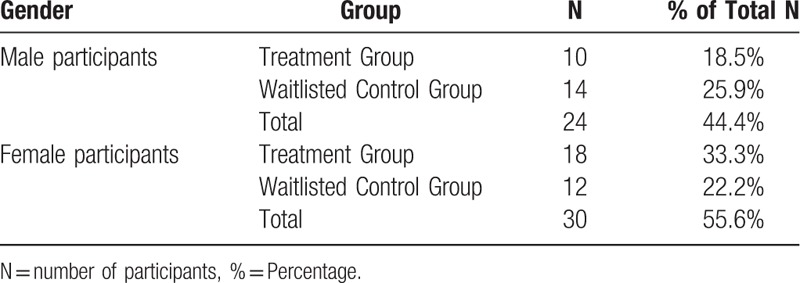
2.3. Measures
The Teacher Burnout Scale (TBS), a 25-item scale adapted by the authors from the Shirom-Melamed Burnout Questionnaire[60] was used for collection of data on teachers’ burnout levels. The TBS has 3 subscales: physical fatigue [P, 9 items], emotional exhaustion [E, 8 items], and cognitive weariness [C, 8 items]. A seven-point Likert-type scale ranging from 0 (never) to 6 (always) was used to score the TBS. In the TBS, high scores in the TBS reflect high burnout. Reliability coefficients are .89 for the physical fatigue subscale, .85 for emotional exhaustion subscale, and .81 for cognitive weariness subscale. The TBS has a demographic information section which asked participants about their age and gender.
Profile of Emotional Distress (PED). The PED[61] is a 26-item self-report instrument that measures functional and dysfunctional negative emotions from the “concern/anxiety” and “sadness/depression” categories. Using a 5-point Likert-type scale, the PED asked respondents to rate each item (adjectives expressing emotions) based on how they felt during the past 2 weeks. The PED allow researchers to compute a global score of distress. High scores in the PED reflect high distress level. Researchers reported a good internal consistency for the PED: the total scale (Cronbach's alpha = 0.94) and subscales Cronbach's alpha (between 0.80 and 0.94).[61]
2.4. Procedure
Information regarding recruitment and possible participation in the stress management program were sent to special education teachers in schools in the Southeast zone of Nigeria. A total of 146 special education teachers were accessed for eligibility by the researchers using the measures of job-related burnout and distress. Potential participants had to meet inclusionary criteria set by the researchers. The study inclusionary criteria were: a participant being a special education teacher and must meet the criteria for job burnout and distress levels at the pre-treatment evaluation. Other criteria include that the participant must complete an informed consent form and must be willing to focus on the program till the end without accepting any intervention program on job burnout and distress during the intervention period. The first 54 special education teachers who met the study inclusionary criteria were enrolled to participate in the study (see Fig. 1). Participants were randomized to either the treatment group (n = 28 [59.1%]) or the waitlist control group (n = 26 [48.1%]), respectively. First of all, participants were matched based on gender (male/female), and then treatment condition based on a computer-generated random list.[62] Participants allocated to the treatment group completed a 12-week stress management intervention program aimed at reducing job burnout and distress while those participants assigned to the control group completed a 12-week waiting period concurrently. The program was 2 hours in length and took place at a large public school hall. Pretest (Time 1), posttest (Time 2), and follow-up (Time 3) measures were completed independently but in small groups of about 4 participants over the course of the stress management program. In order to eliminate selection bias during participants’ recruitment and randomization, the researcher carefully concealed the assignment/allocation sequence from the participants. In order to minimize the risk of potential bias, the researchers also blinded the data analyst until the statistical analysis was completed by concealing some information in the measures, which could unveil the group that received the stress management intervention, as in Ugwoke et al.[29]
Figure 1.
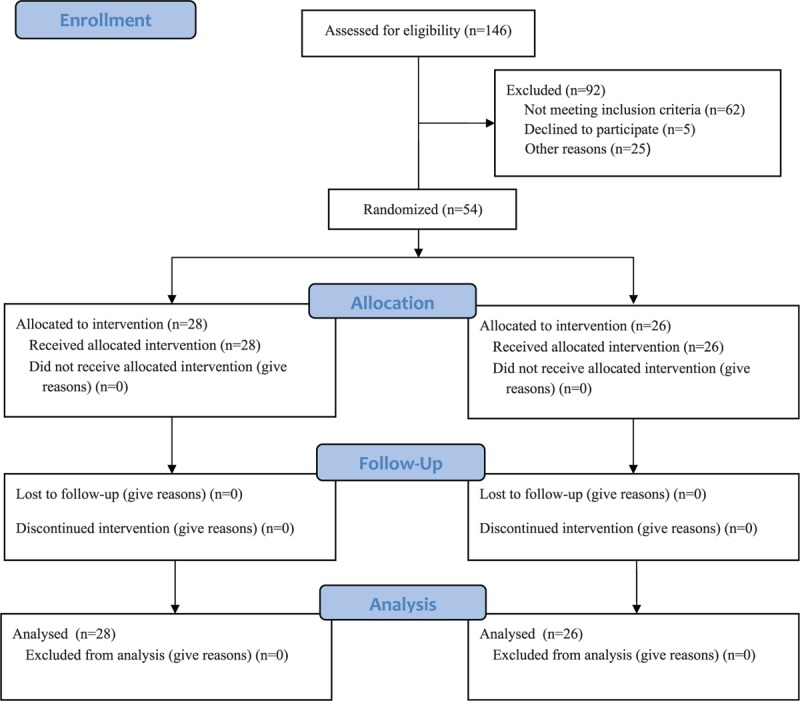
Participants eligibility criteria using CONSORT flow diagram.
2.5. Intervention
2.5.1. REBT Program Manual
The rational emotive behavior therapy program manual which followed similar procedures contained in Ogbuanya et al.[27] can be used for assisting individuals in managing job burnout and distress-related beliefs, thoughts and behaviors. The REBT program manual enabled the authors to boost participants’ understanding of their burnout and distress-related feelings and to facilitate the participants in defeating these feelings. In the current intervention, behavioral, cognitive, and emotive techniques of REBT were used to assist the study participants. We implemented cognitive restructuration of self-defeating beliefs that the participants might have developed which have resulted in job burnout and distress. Techniques such as direct teaching, goal-setting, relaxation, role-play, disputing, use of rational self-talk, motivational interviewing techniques, Socratic questioning, cognitive rehearsal, desensitization techniques, homework assignments, and imagery techniques were used to assist the study participants. More elaboration of an intervention program manual for burnout reduction including the techniques, therapeutic goals, and activities can be found in Ogbuanya et al.[27] Also, other evidence-based therapeutic techniques of recent stress management programs based on the REBT model which were included in the manual can be found in Ogbuanya et al.[28] and Ugwoke et al.[29]
2.6. Design and data analyses
The researchers adopted a pretest-posttest randomized control group design in this study. A repeated-measures analysis of variance (ANOVA) was used for the analysis of data. Partial eta squared (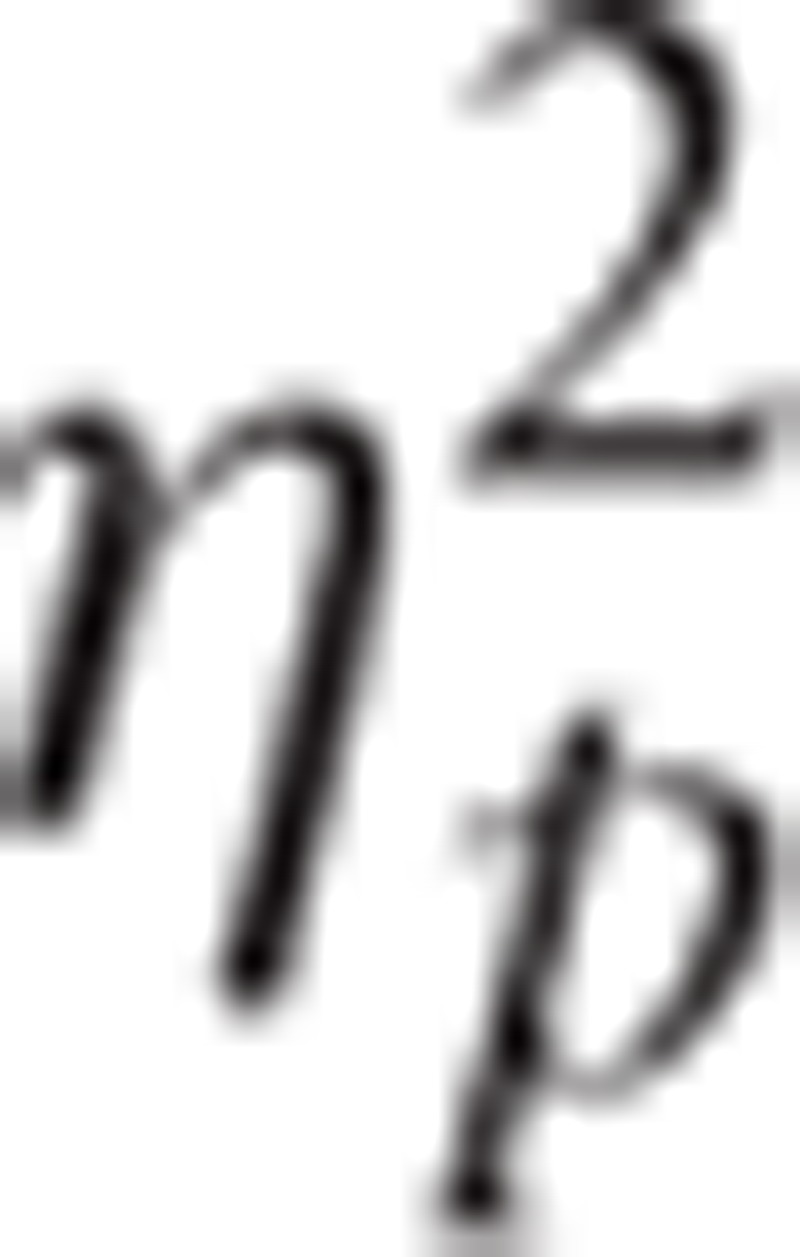 ) and adjusted R2 were reported in order to confirm the effect size of the rational-emotive stress management intervention. The confidence intervals of results were also reported. Time points were entered as within-subjects variables, whereas group was entered as between-subjects factors. Chi-square and t-test analysis were conducted in regard to the participants’ demographic variables. All results were considered significant at P≤.05. Our test for violation of assumptions showed that the Mauchly's test of Sphericity was not statistically significant (Mauchly's W = .925, P = .147), thus, the assumption of Sphericity was met. Furthermore, test for normality of data using the Shapiro-Wilk test of normality was not statistically significant for both treatment (Shapiro-Wilk = .940, P = .112) and waitlisted groups (Shapiro-Wilk = .962, P = .442), which is an indication that the data was normally distributed. Also, there were no outliers and no missing values in the data across the groups. All statistical data were entered and analyzed using IBM SPSS, version 22.[63]
) and adjusted R2 were reported in order to confirm the effect size of the rational-emotive stress management intervention. The confidence intervals of results were also reported. Time points were entered as within-subjects variables, whereas group was entered as between-subjects factors. Chi-square and t-test analysis were conducted in regard to the participants’ demographic variables. All results were considered significant at P≤.05. Our test for violation of assumptions showed that the Mauchly's test of Sphericity was not statistically significant (Mauchly's W = .925, P = .147), thus, the assumption of Sphericity was met. Furthermore, test for normality of data using the Shapiro-Wilk test of normality was not statistically significant for both treatment (Shapiro-Wilk = .940, P = .112) and waitlisted groups (Shapiro-Wilk = .962, P = .442), which is an indication that the data was normally distributed. Also, there were no outliers and no missing values in the data across the groups. All statistical data were entered and analyzed using IBM SPSS, version 22.[63]
3. Results
Table 2 showed the results of 3 periods of assessments of the study participants using the Teacher Burnout Scale (TBS) and Profile of Emotional Distress (PED).
Table 2.
Repeated-measures ANOVA showing effect of the rational-emotive stress management intervention on job burnout by time and group.
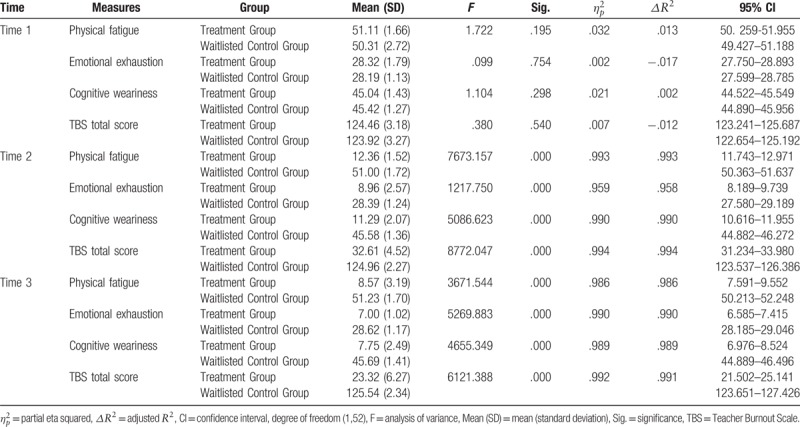
As can be seen in Table 2, there was no significant pre-treatment difference in the level of physical fatigue as measured by TBS between participants in the treatment and waitlisted control groups, F(1,52) = 1.722, P = .195, 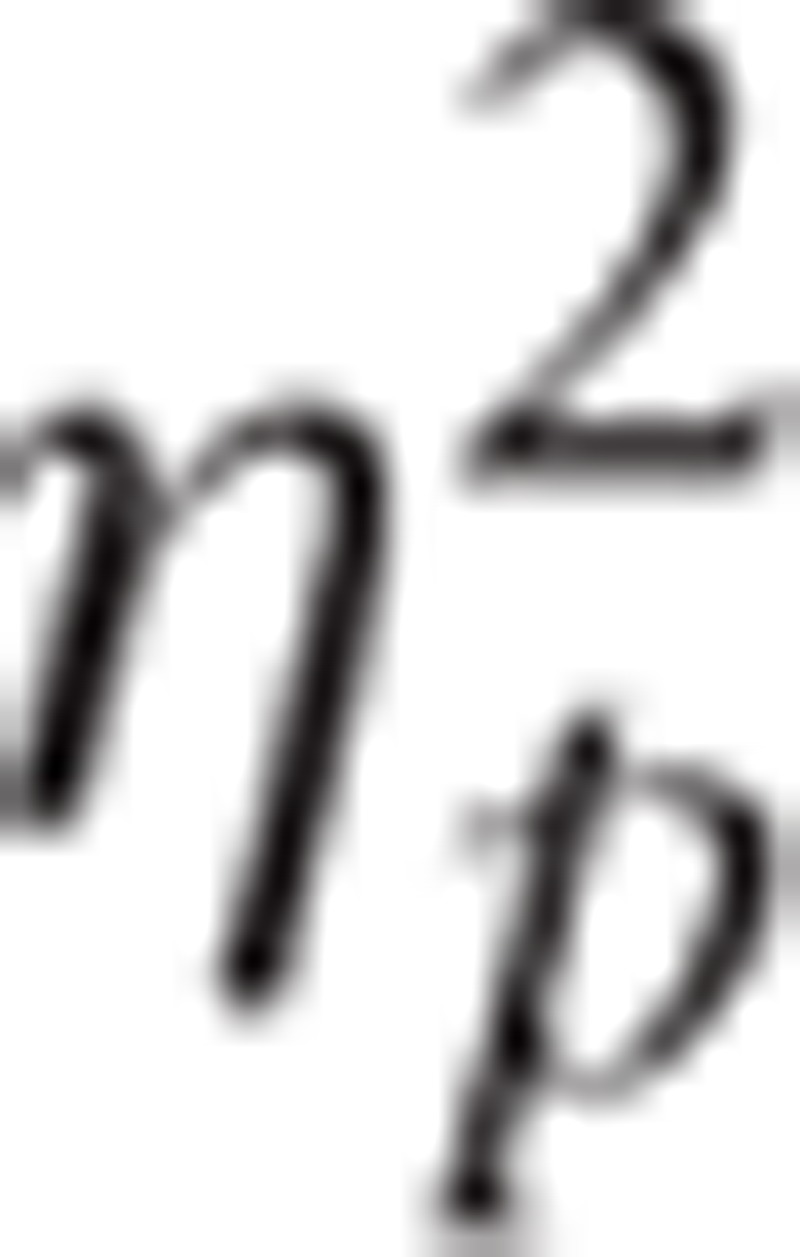 = .032,∆R2 = .013. The assessment after the rational-emotive stress management intervention program showed a significant decrease in the level of physical fatigue among participants in the treatment group compared to the waitlisted control group, F(1,52) = 7673.157, P = .000,
= .032,∆R2 = .013. The assessment after the rational-emotive stress management intervention program showed a significant decrease in the level of physical fatigue among participants in the treatment group compared to the waitlisted control group, F(1,52) = 7673.157, P = .000, 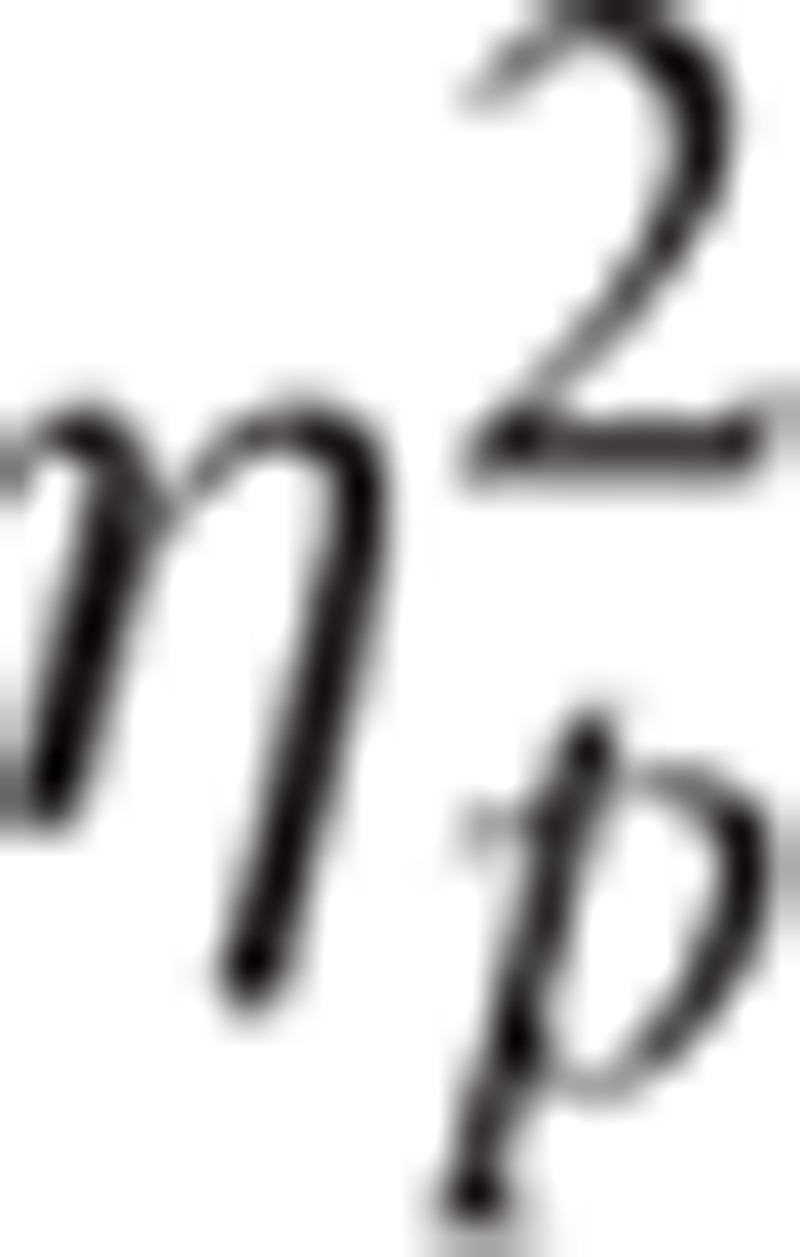 = .993,∆R2 = .993. Also, the follow-up assessment (Time 3) indicated that there was a significant decrease in the level of physical fatigue among participants in the treatment group compared to the waitlisted control group, F(1,52) = 3671.544, P = .000,
= .993,∆R2 = .993. Also, the follow-up assessment (Time 3) indicated that there was a significant decrease in the level of physical fatigue among participants in the treatment group compared to the waitlisted control group, F(1,52) = 3671.544, P = .000, 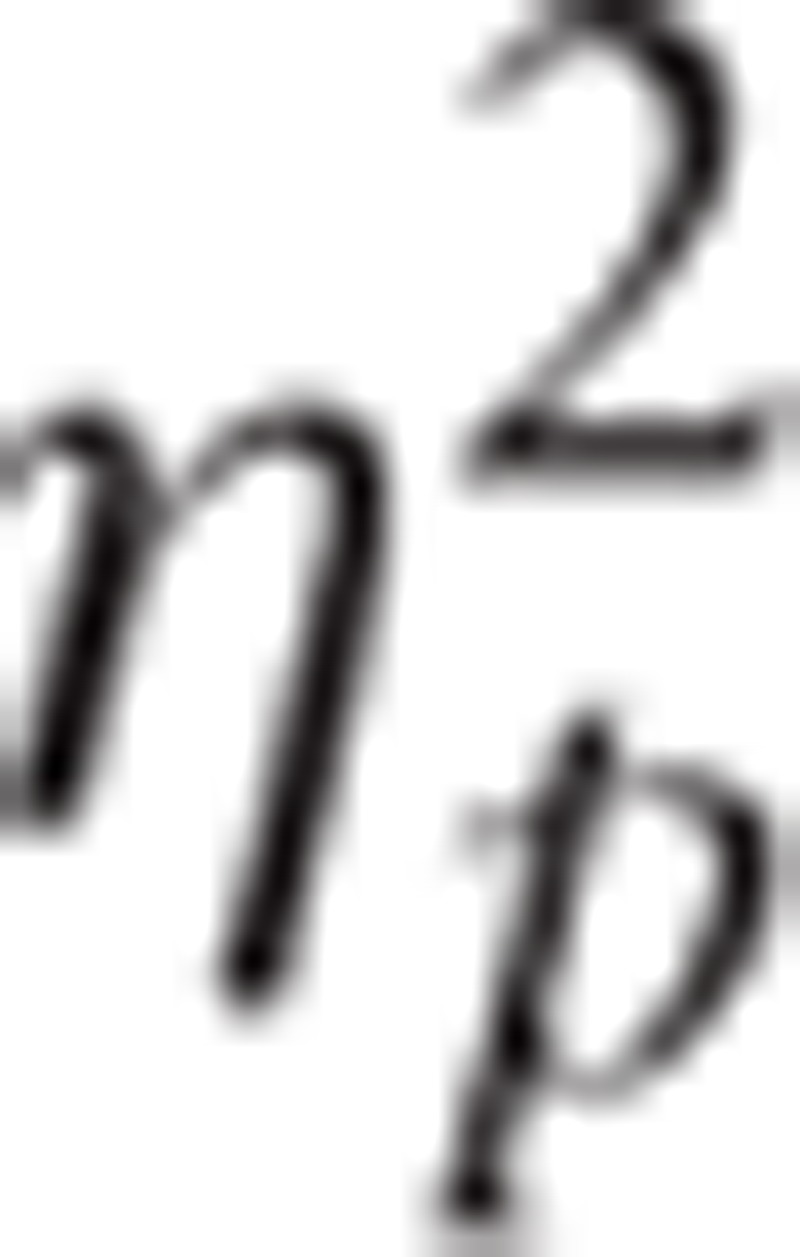 = .986, ∆R2 = .986. This means that rational-emotive stress management intervention was efficacious in reducing the level of physical fatigue among participants.
= .986, ∆R2 = .986. This means that rational-emotive stress management intervention was efficacious in reducing the level of physical fatigue among participants.
Also, Table 2 showed that there was no significant pretreatment difference in the level of emotional exhaustion as measured by TBS between participants in the treatment and waitlisted control groups, F(1,52) = .099, P = .754, 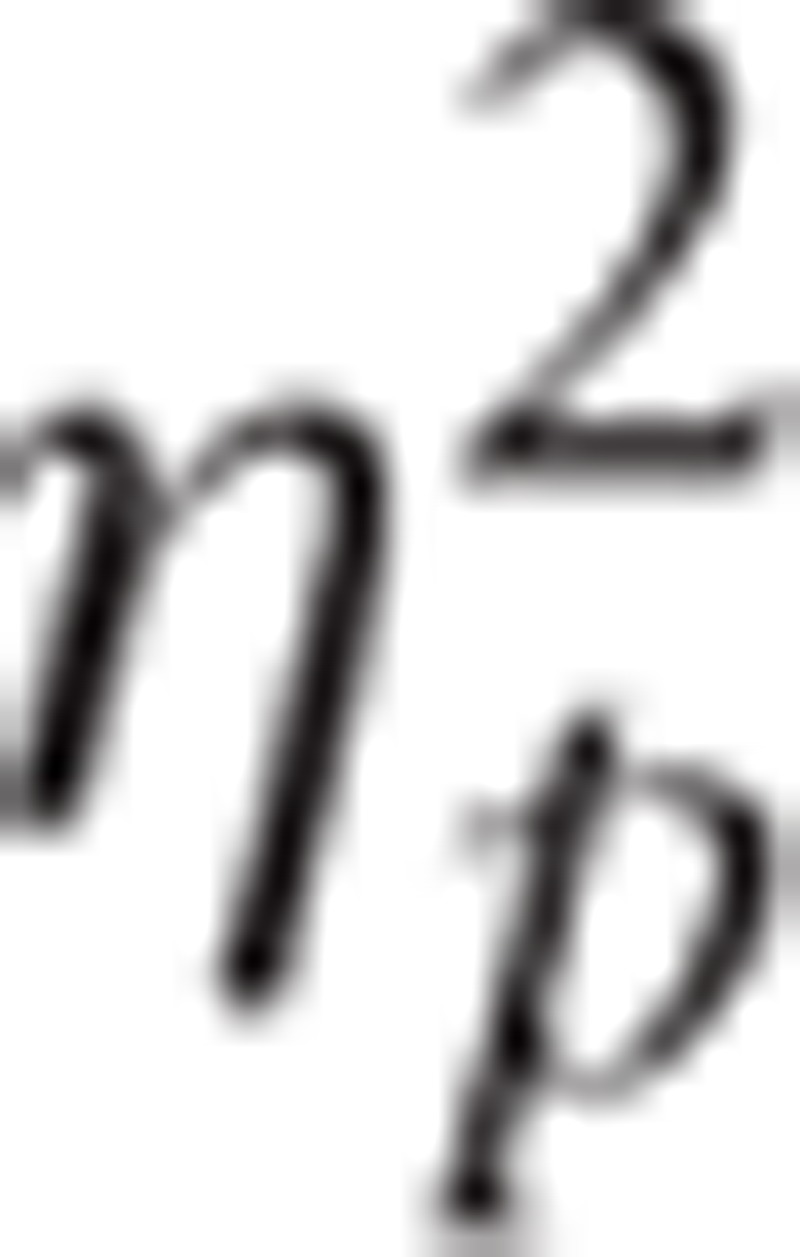 = .002, ∆R2 = −.017. The assessment after the rational-emotive stress management intervention program showed a significant decrease in the level of emotional exhaustion among participants in the treatment group compared to the waitlisted control group, F(1,52) = 1217.750, P = .000,
= .002, ∆R2 = −.017. The assessment after the rational-emotive stress management intervention program showed a significant decrease in the level of emotional exhaustion among participants in the treatment group compared to the waitlisted control group, F(1,52) = 1217.750, P = .000, 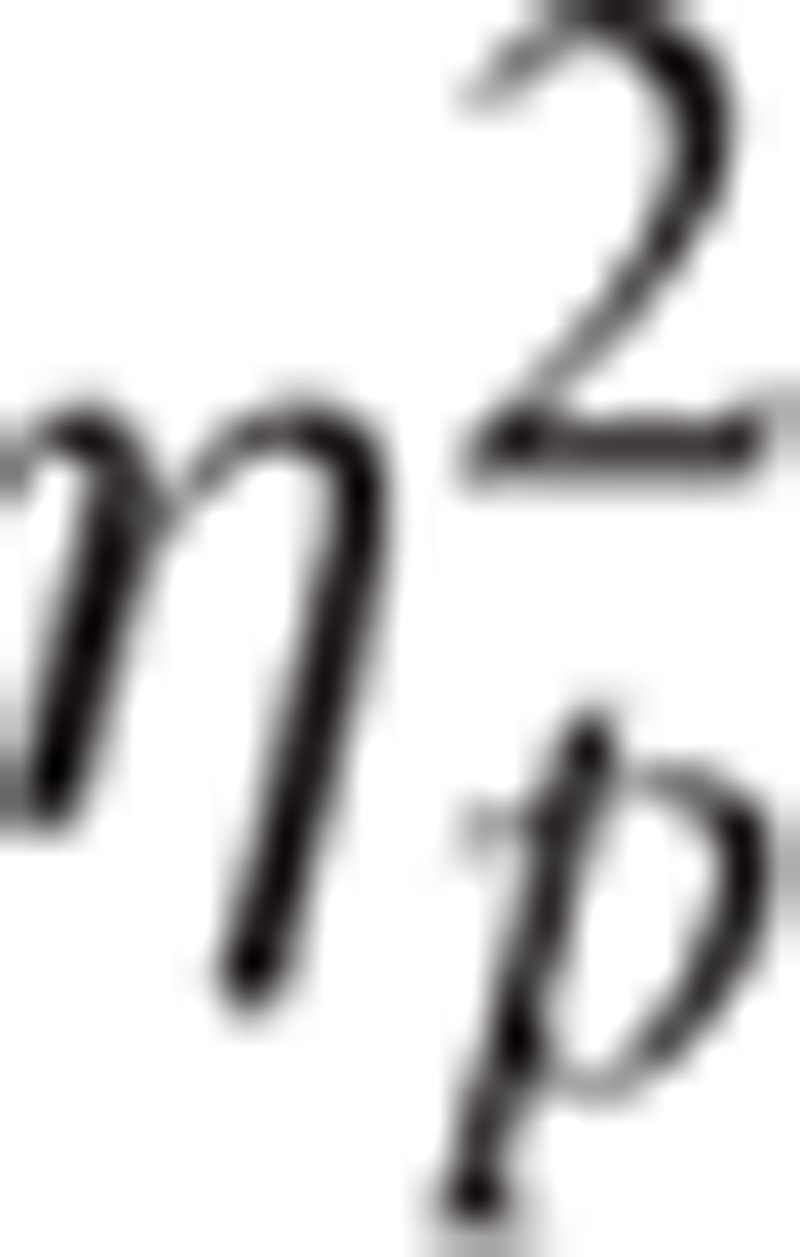 = .959, ∆R2 = .958. Also, the follow-up assessment (Time 3) indicated that there was a significant decrease in the level of emotional exhaustion among participants in the treatment group compared to the waitlisted control group, F(1,52) = 5269.883, P = .000,
= .959, ∆R2 = .958. Also, the follow-up assessment (Time 3) indicated that there was a significant decrease in the level of emotional exhaustion among participants in the treatment group compared to the waitlisted control group, F(1,52) = 5269.883, P = .000, 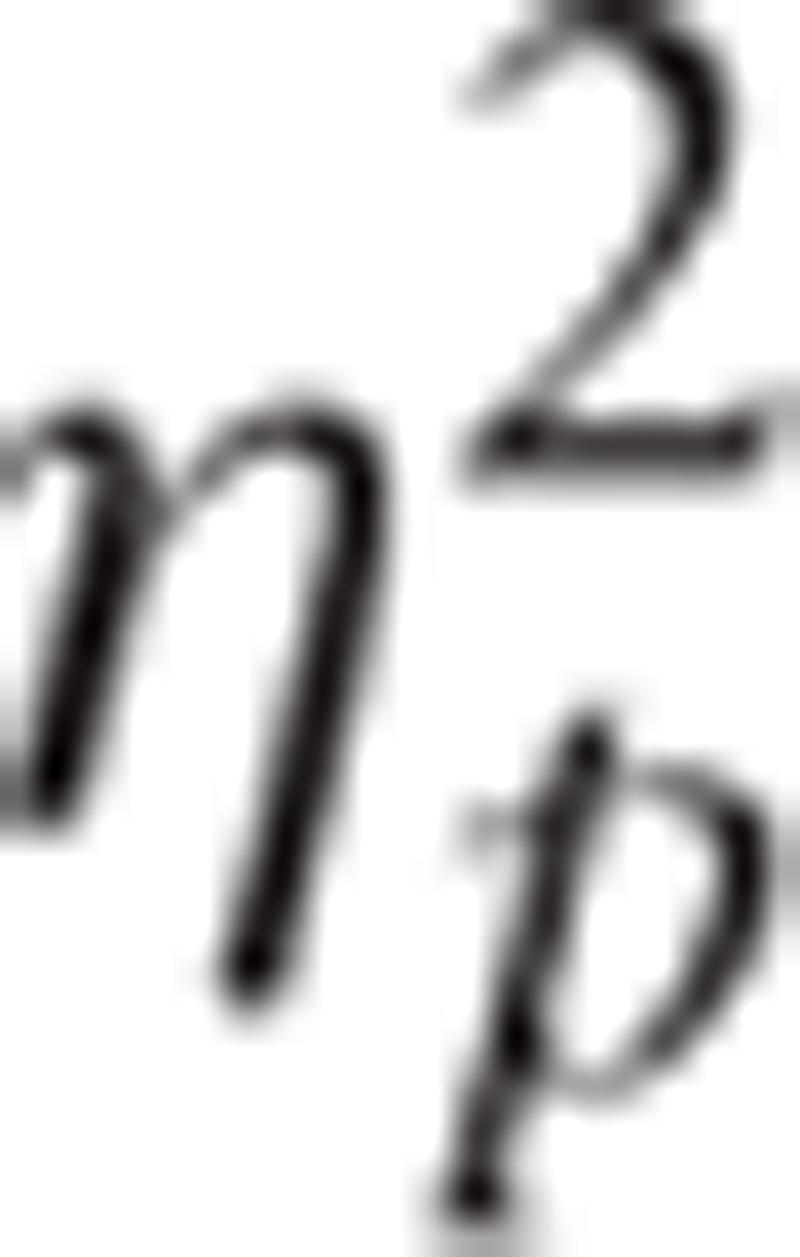 = .990, ∆R2 = .990 This means that rational-emotive stress management intervention was efficacious in reducing the level of emotional exhaustion among treatment group participants compared to their counterparts in a waitlisted group.
= .990, ∆R2 = .990 This means that rational-emotive stress management intervention was efficacious in reducing the level of emotional exhaustion among treatment group participants compared to their counterparts in a waitlisted group.
Also, Table 2 showed that there was no significant pretreatment difference in the level of cognitive weariness as measured by TBS between participants in the treatment and waitlisted control groups, F(1,52) = 1.104, P = .298, 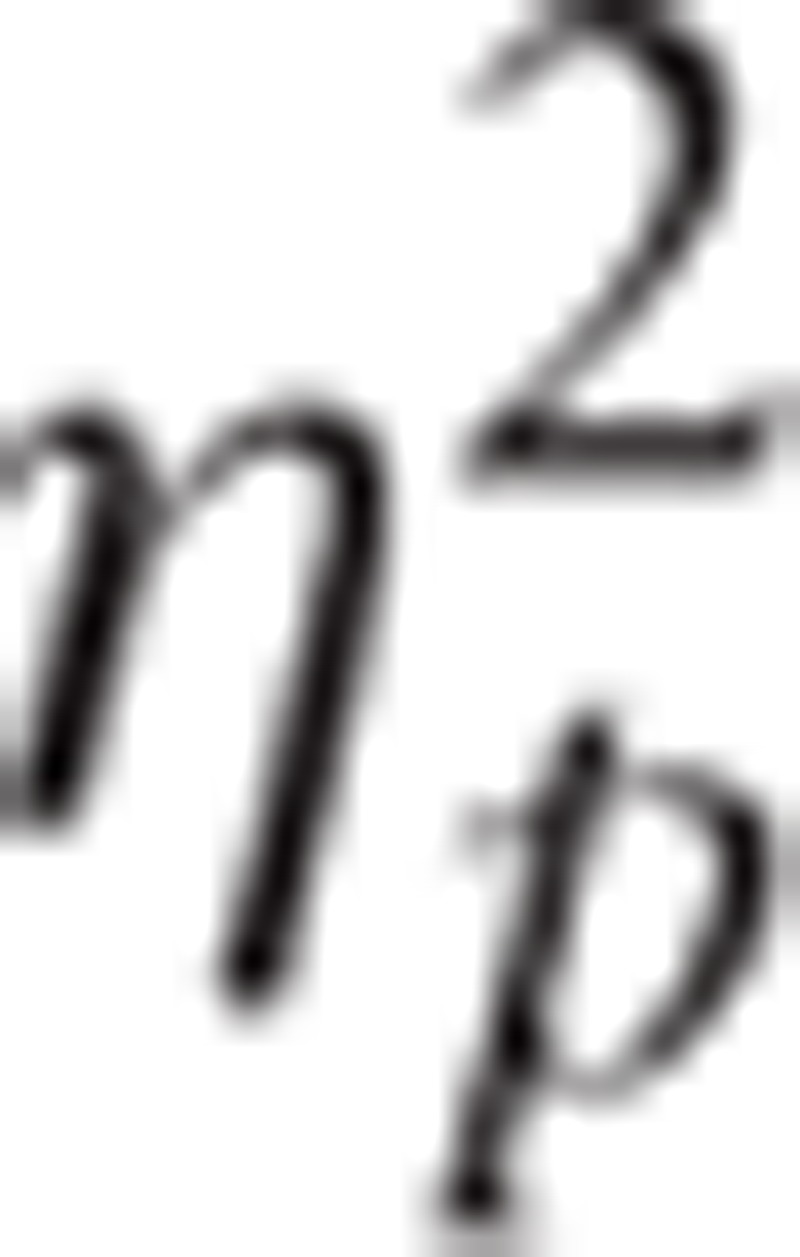 = .021, ∆R2 = .002. The assessment after the rational-emotive stress management intervention program showed a significant decrease in the level of cognitive weariness among participants in the treatment group compared to the waitlisted control group, F(1,52) = 5086.623, P = .000,
= .021, ∆R2 = .002. The assessment after the rational-emotive stress management intervention program showed a significant decrease in the level of cognitive weariness among participants in the treatment group compared to the waitlisted control group, F(1,52) = 5086.623, P = .000, 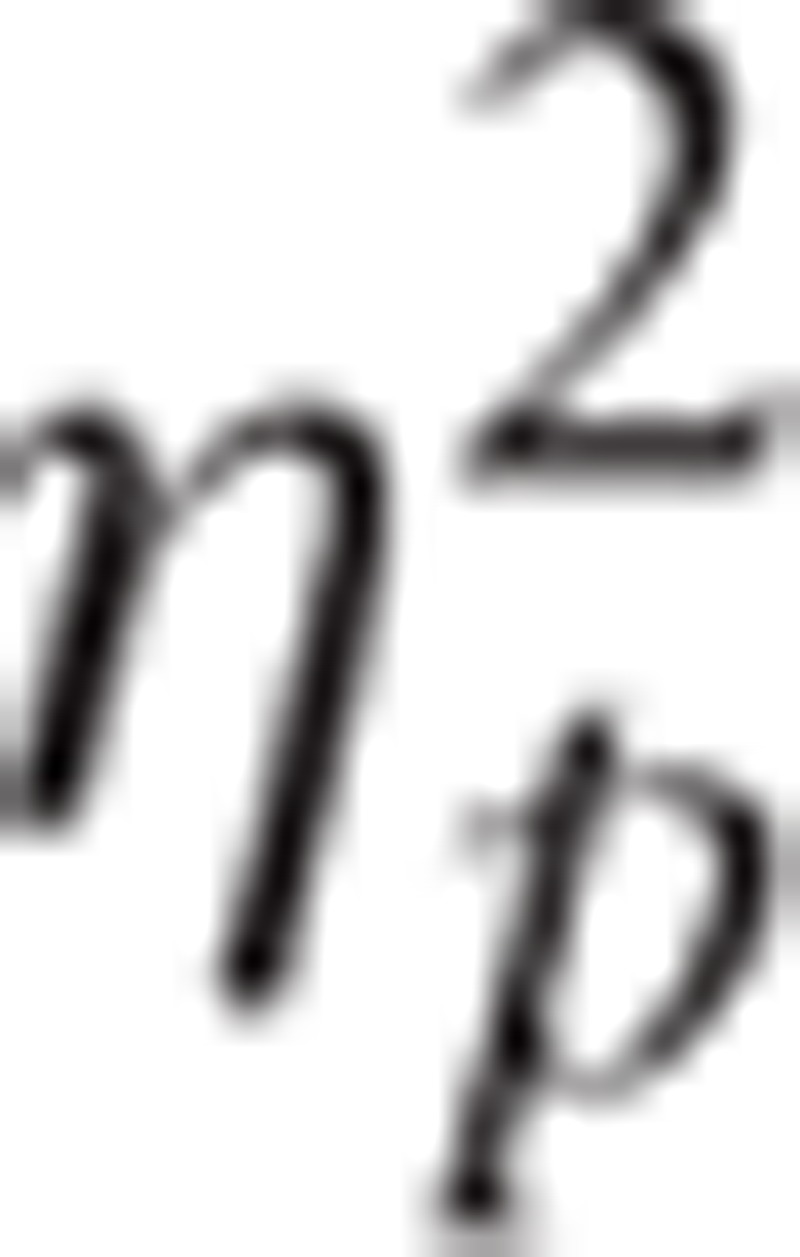 = .990, ∆R2 = .990. Also, the follow-up assessment (Time 3) indicated that there was a significant decrease in the level of cognitive weariness among participants in the treatment group compared to the waitlisted control group, F(1,52) = 4655.349, P = .000,
= .990, ∆R2 = .990. Also, the follow-up assessment (Time 3) indicated that there was a significant decrease in the level of cognitive weariness among participants in the treatment group compared to the waitlisted control group, F(1,52) = 4655.349, P = .000, 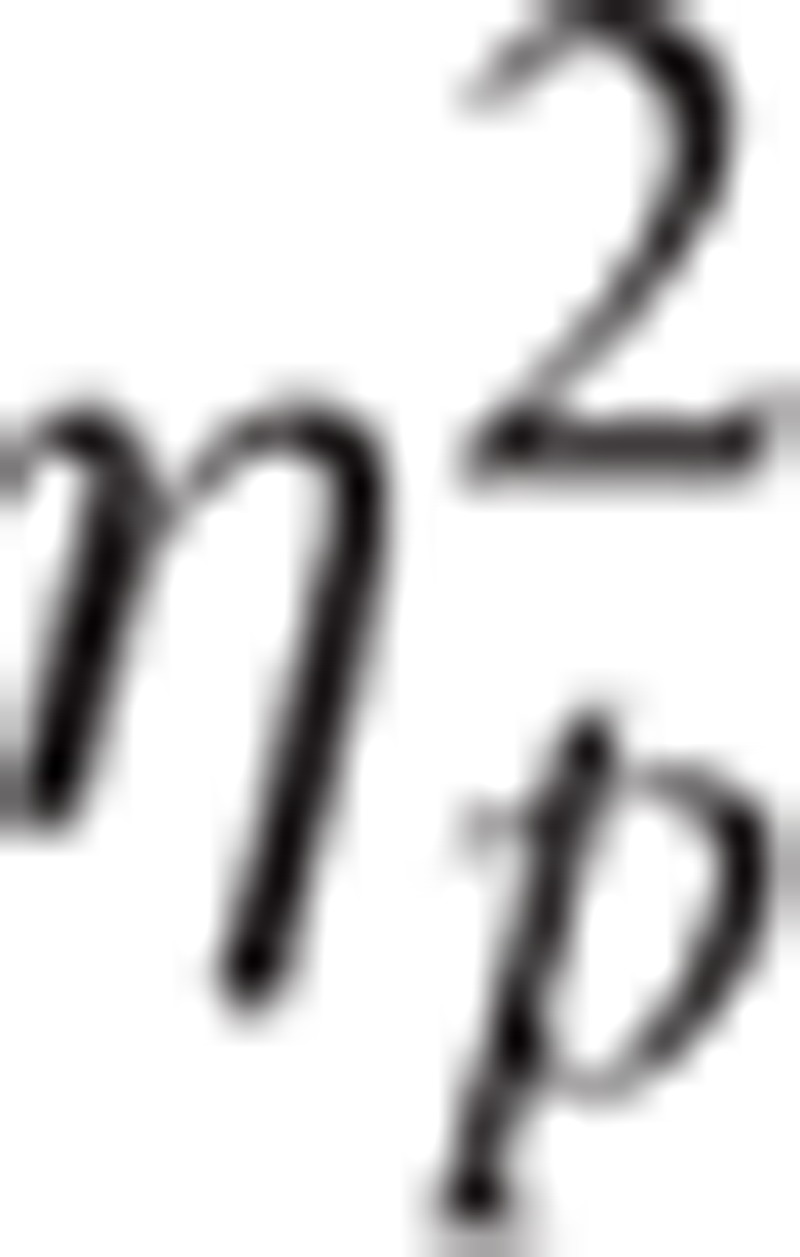 = .989, ∆R2 = .989. This means that rational-emotive stress management intervention was efficacious in reducing the level of cognitive weariness among participants in the treatment group compared to those in the waitlisted group.
= .989, ∆R2 = .989. This means that rational-emotive stress management intervention was efficacious in reducing the level of cognitive weariness among participants in the treatment group compared to those in the waitlisted group.
On the overall, results in Table 2 showed that there was no significant pretreatment difference in the level of job burnout between participants in the treatment and control groups, F(1,52) = .380, P = .540, 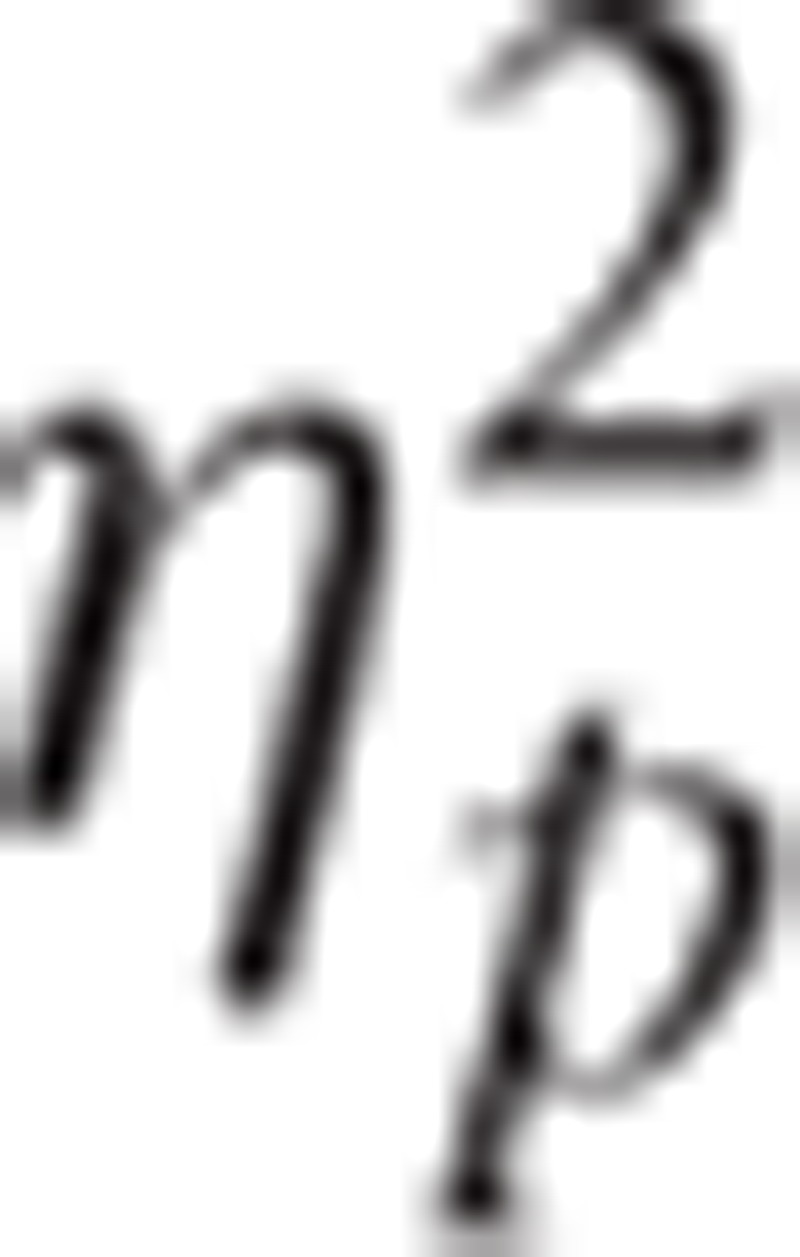 = .007, ∆R2 = −.012. The assessment after the rational-emotive stress management intervention program showed a significant decrease in the level of job burnout among participants in the treatment group compared to the waitlisted control group, F(1,52) = 8772.047, P = .000,
= .007, ∆R2 = −.012. The assessment after the rational-emotive stress management intervention program showed a significant decrease in the level of job burnout among participants in the treatment group compared to the waitlisted control group, F(1,52) = 8772.047, P = .000, 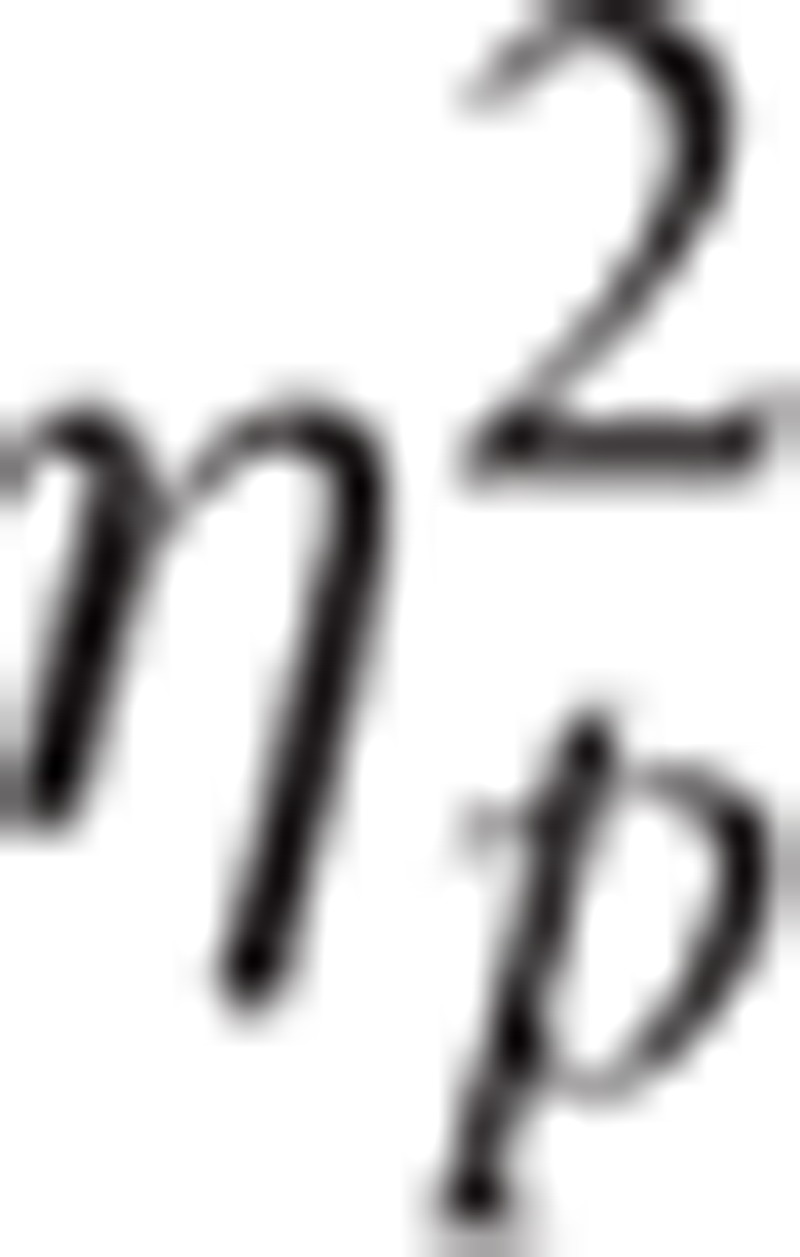 = .994, ∆R2 = .994. Also, the follow-up assessment (Time 3) indicated that there was a significant decrease in the level of job burnout among participants in the treatment group compared to the waitlisted control group, F(1,52) = 6121.388, P = .000,
= .994, ∆R2 = .994. Also, the follow-up assessment (Time 3) indicated that there was a significant decrease in the level of job burnout among participants in the treatment group compared to the waitlisted control group, F(1,52) = 6121.388, P = .000, 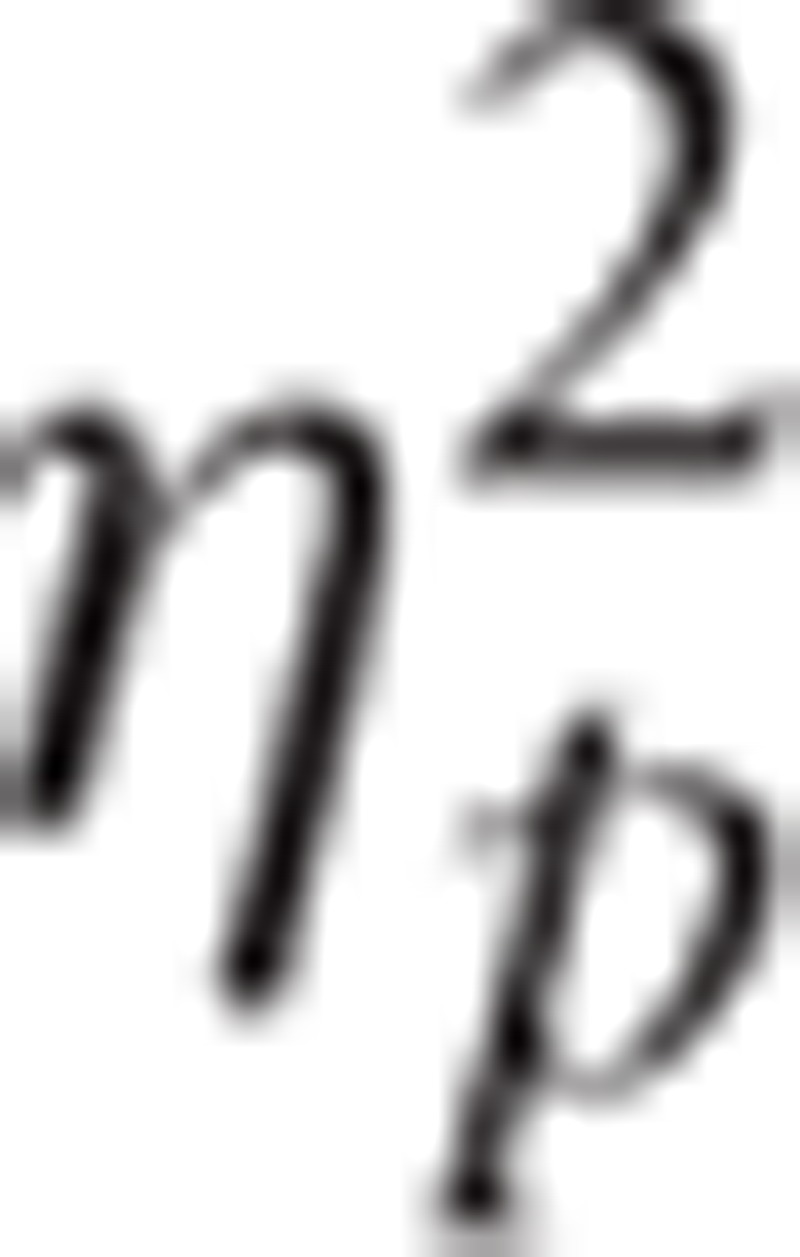 = .992, ∆R2 = .991. This means that rational-emotive stress management intervention was efficacious in reducing the level of job burnout among participants in the treatment group compared to those in the waitlisted group.
= .992, ∆R2 = .991. This means that rational-emotive stress management intervention was efficacious in reducing the level of job burnout among participants in the treatment group compared to those in the waitlisted group.
Results in Table 3 showed that there was no significant pretreatment difference in the level of distress as measured by PED between participants in the treatment and waitlisted control groups, F(1,52) = .002, P = .968, 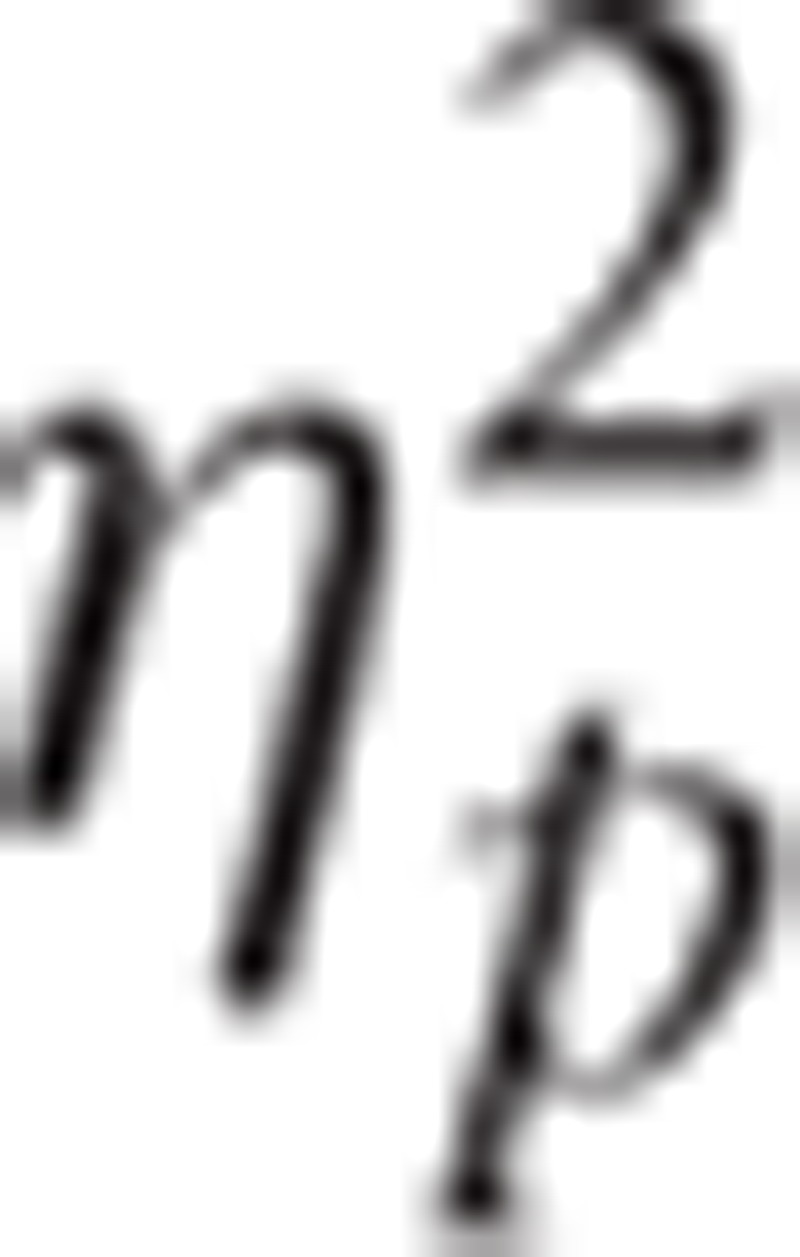 = .000, ∆R2 = −.019. The assessment after the rational-emotive stress management intervention program showed a significant decrease in the level of distress among participants in the treatment group compared to the waitlisted control group, F(1,52) = 670.769, P = .000,
= .000, ∆R2 = −.019. The assessment after the rational-emotive stress management intervention program showed a significant decrease in the level of distress among participants in the treatment group compared to the waitlisted control group, F(1,52) = 670.769, P = .000, 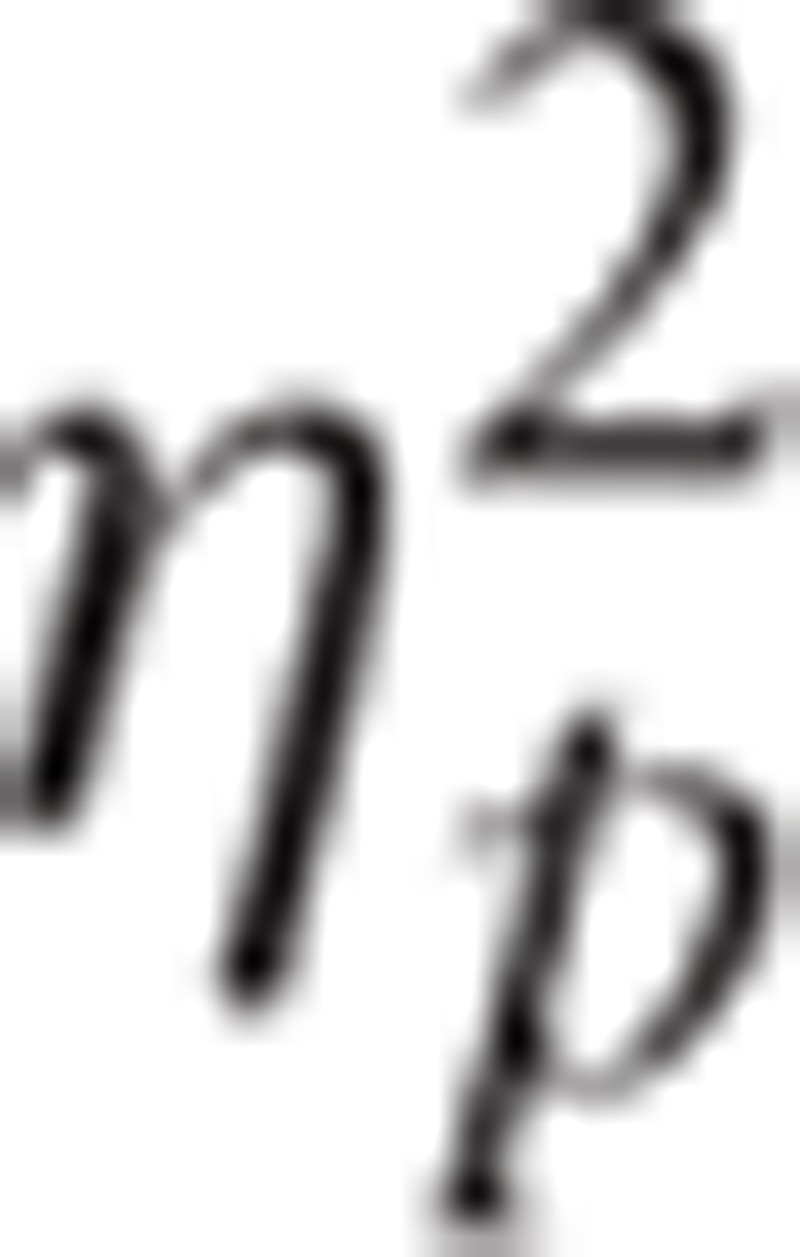 = .928, ∆R2 = .927. Also, the follow-up assessment (Time 3) indicated that there was a significant decrease in the level of distress among participants in the treatment group compared to the waitlisted control group, F(1,52) = 661.444, P = .000,
= .928, ∆R2 = .927. Also, the follow-up assessment (Time 3) indicated that there was a significant decrease in the level of distress among participants in the treatment group compared to the waitlisted control group, F(1,52) = 661.444, P = .000, 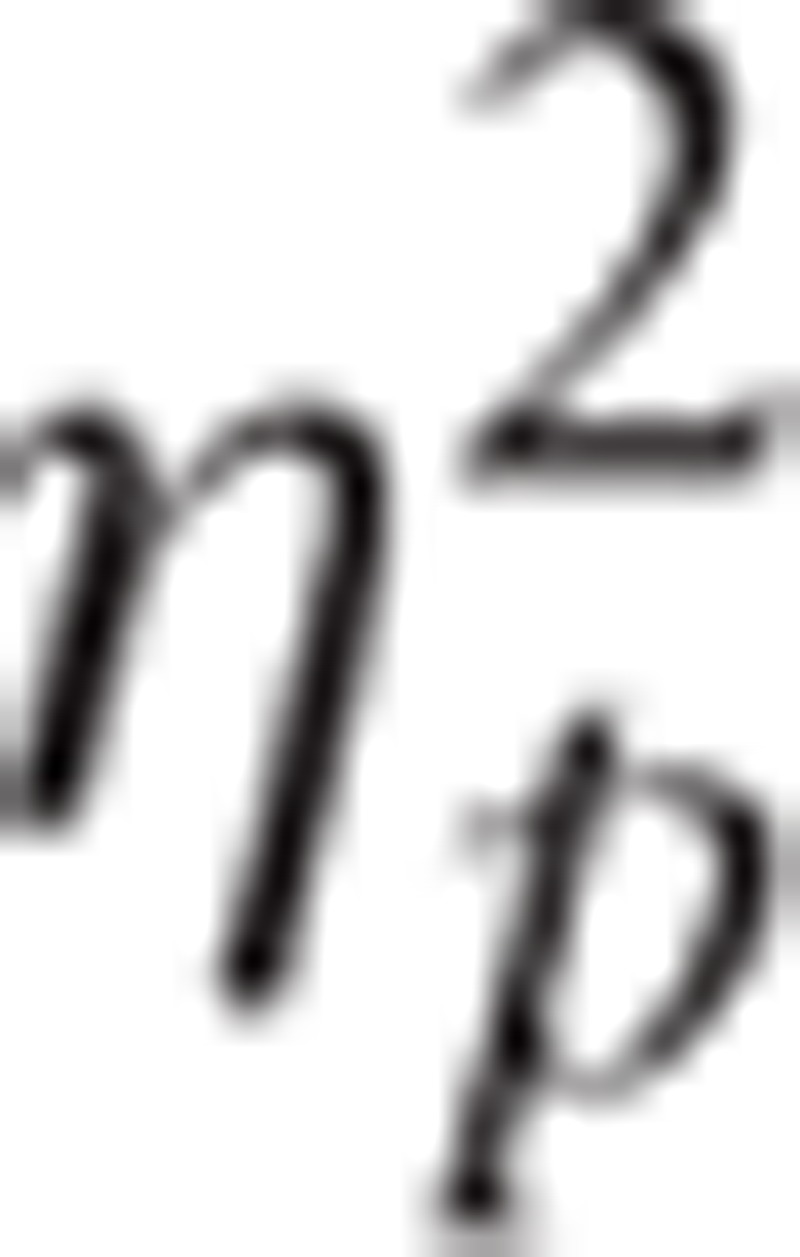 = .927, ∆R2 = .926. This means that rational-emotive stress management intervention was efficacious in reducing the level of job-related distress among participants in the treatment group compared to those in the waitlisted group.
= .927, ∆R2 = .926. This means that rational-emotive stress management intervention was efficacious in reducing the level of job-related distress among participants in the treatment group compared to those in the waitlisted group.
Table 3.
Repeated measures ANOVA showing effect of the rational-emotive stress management intervention on distress by time and group.

4. Discussions
The purpose of this study was to investigate the effect of a rational-emotive stress management intervention on job-related burnout and dysfunctional distress among special education teachers in Southeast zone of Nigeria. The findings of the study showed that at the pretest assessment, high levels of job burnout and dysfunctional distress were found among the study participants. Previous findings showed that many employees in Nigerian occupational environments are vulnerable to job burnout and distress.[2–4,6] However, assessment after the intervention program showed that rational-emotive stress management intervention was efficacious in reducing the level of physical fatigue, emotional exhaustion, cognitive weariness, and the overall job burnout among participants in the treatment group compared to the waitlisted control group. We also found that the rational-emotive stress management intervention was efficacious in reducing the level of distress among study participants in the treatment group compared to the waitlisted control group. These findings are in agreement with some recent and previous studies which revealed that therapeutic interventions based on the REBT theoretical framework have a significant effect in reducing job burnout,[27] distress and distress consequences.[31,39,40–45] Other REBT practitioners[51] demonstrated that rational-emotive behavior therapy contributes independently to the understanding of burnout symptoms and distress.
Considering the evidence that REBT is significantly effective in decreasing job burnout and distress at follow-up period, we would like to emphasize that several studies support the consistent effect of REBT in reducing burnout and psychological distress.[64,65] This study has added to the extant literature showing that REBT is an invaluable therapy for burnout and distress reduction in an occupational environment. Unhealthy emotional responses (in this case, burnout and distress) are capable of leading to reduced productivity and health problems. Turner[65,66] indicated that irrational beliefs can result in unhealthy negative emotions, a multiplicity of psychopathological conditions, and maladaptive behaviors that affect people's mental health. One of the aims of REBT approach is, therefore, to decrease irrational beliefs and increase rational beliefs, and also encourage decreases in unhealthy negative emotions and increased healthy negative emotions.[67,68] Prior studies on both clinical and nonclinical population confirmed the effectiveness of REBT in improving the overall well being of people from varied culture and orientation.[67,69–72] Turner[66] remarked that REBT is a preventative treatment modality that can reduce unhealthy negative emotion and strengthen the mental well being of individuals. Several authors[33] have also noted that REBT is an important interventional approach for use by clinicians and non-clinicians who work with teachers.
The study outcomes can have implications for school health counseling, occupational health, and behavioral medicine. Since, several studies indicated that there is a positive connection between individuals’ irrational beliefs and their mental health outcomes,[73–76] the rational-emotive stress management intervention program may be used in several occupational contexts and in different populations to decrease work-related irrational beliefs among employees. There is need for school health counselors, occupational therapists and behavior medicine specialists to develop a therapeutic system for helping workers to overcome job burnout and distress. Given that rational-emotive stress management intervention demonstrated a significant effect in reducing job burnout and distress among a sample of workers in this population, we hope that similar interventions will be adopted as a method of managing and preventing job burnout and distress among individuals in various occupational settings. It should be incorporated into the workplace whereby employees are encouraged to participate, thus creating a rational-emotive organization. Once job-related irrational and negative thoughts and beliefs have been successfully disputed, rational and adaptive thoughts will be developed and the individual will invariably become free from job burnout symptoms and distress. Also, since working as a special education teacher is highly demanding, they need to be exposed to interventions that will enable them to learn emotional regulation at the workplace and have increased awareness of indicators of job-related burnout and distress.
Even though this study demonstrates a significant effect of rational-emotive stress management intervention on job burnout and distress reduction, its limitations have to be addressed. In this study, data collection was through self-reported measures, thus, the results may be prone to the common-method bias. Though the participants can at best, identify their own emotions and feelings, future research may use additional data sources such as observation, interview, case review, and cumulative records. The pretest–posttest randomized design used in the study is a useful research design. But, researchers can employ the Solomon four-group because it can help overcome the flaws of the pretest–posttest design. Also, the participants were residing in Southeast Nigeria, and therefore, results cannot be generalized to teachers in other parts of the country. Future studies are also encouraged to use multilevel analysis to examine the effect of rational-emotive stress management intervention on job burnout and distress. Also, our sample size was not very large as many would expect. A larger number of participants should be accessed for eligibility in future studies.
5. Conclusion
This study examined the effect of rational-emotive stress management intervention on job burnout and distress among special education teachers. The results revealed a significant effect of a rational-emotive stress management intervention in reducing job burnout and distress at post-treatment and follow-up phases compared to a waitlisted group. The study supports the development and implementation of manualized stress management interventions in the workplace for combating job-related burnout and distress based on the rational-emotive behavior therapy framework. Finally, occupational health counselors and other clinicians with sufficient knowledge of rational-emotive behavior therapy framework are urged to employ this approach in assisting employees in managing job burnout symptoms, and distress.
Acknowledgments
We are grateful to all the participants for taking part in the study. We are also grateful to the anonymous reviewers and editor-in-chief for their significant comments about this work.
Author contributions
Conceptualization: Samuel C Ugwoke, Chiedu Eseadi, Liziana Nnenna Onuigbo, Chibueze T Orji, Eucharia U Onu, Joachim C Omeje.
Data curation: Samuel C Ugwoke, Chiedu Eseadi, Liziana Nnenna Onuigbo, Eucharia N Aye, Anthonia U Nwobi, Bernedeth Ezegbe, Moses O Ede, Chibueze T Orji, Joseph Onuoha, Eucharia U Onu, Patricia Agu.
Formal analysis: Samuel C Ugwoke, Chiedu Eseadi, Liziana Nnenna Onuigbo, Eucharia N Aye, Immaculata N Akaneme, Angie Oboegbulem, Ifeyinwa Ezenwaji, Anthonia U Nwobi, Okechukwu O Nwaubani, Bernedeth Ezegbe, Moses O Ede, Chibueze T Orji, Joseph Onuoha, Eucharia U Onu, Patricia Agu, Joachim C Omeje, Faith Omeke, Romanus Ugwu, Florence Arumede, Annastasia Eneh.
Funding acquisition: Samuel C Ugwoke, Chiedu Eseadi, Liziana Nnenna Onuigbo, Eucharia N Aye, Immaculata N Akaneme, Angie Oboegbulem, Ifeyinwa Ezenwaji, Anthonia U Nwobi, Okechukwu O Nwaubani, Bernedeth Ezegbe, Moses O Ede, Chibueze T Orji, Joseph Onuoha, Eucharia U Onu, Francisca okeke, Patricia Agu, Joachim C Omeje, Faith Omeke, Romanus Ugwu, Florence Arumede, Annastasia Eneh.
Investigation: Samuel C Ugwoke, Chiedu Eseadi, Liziana Nnenna Onuigbo, Eucharia N Aye, Immaculata N Akaneme, Angie Oboegbulem, Ifeyinwa Ezenwaji, Anthonia U Nwobi, Okechukwu O Nwaubani, Bernedeth Ezegbe, Moses O Ede, Chibueze T Orji, Joseph Onuoha, Francisca okeke, Joachim C Omeje, Faith Omeke, Romanus Ugwu, Florence Arumede, Annastasia Eneh.
Methodology: Samuel C Ugwoke, Chiedu Eseadi, Liziana Nnenna Onuigbo, Eucharia N Aye, Immaculata N Akaneme, Angie Oboegbulem, Ifeyinwa Ezenwaji, Anthonia U Nwobi, Okechukwu O Nwaubani, Bernedeth Ezegbe, Moses O Ede, Chibueze T Orji, Joseph Onuoha, Eucharia U Onu, Francisca okeke, Joachim C Omeje, Faith Omeke, Romanus Ugwu, Florence Arumede, Annastasia Eneh.
Project administration: Samuel C Ugwoke, Chiedu Eseadi, Liziana Nnenna Onuigbo, Eucharia N Aye, Immaculata N Akaneme, Angie Oboegbulem, Anthonia U Nwobi, Okechukwu O Nwaubani, Bernedeth Ezegbe, Moses O Ede, Chibueze T Orji, Francisca okeke, Joachim C Omeje, Faith Omeke.
Supervision: Samuel C Ugwoke, Chiedu Eseadi, Liziana Nnenna Onuigbo, Immaculata N Akaneme, Ifeyinwa Ezenwaji, Anthonia U Nwobi, Okechukwu O Nwaubani, Joachim C Omeje.
Validation: Samuel C Ugwoke, Chiedu Eseadi, Liziana Nnenna Onuigbo, Eucharia N Aye, Immaculata N Akaneme, Angie Oboegbulem, Ifeyinwa Ezenwaji, Anthonia U Nwobi, Okechukwu O Nwaubani, Bernedeth Ezegbe, Moses O Ede, Chibueze T Orji, Joseph Onuoha, Eucharia U Onu, Francisca okeke, Patricia Agu, Joachim C Omeje, Faith Omeke, Romanus Ugwu, Florence Arumede.
Visualization: Samuel C Ugwoke, Chiedu Eseadi, Liziana Nnenna Onuigbo, Eucharia N Aye, Immaculata N Akaneme, Angie Oboegbulem, Ifeyinwa Ezenwaji, Anthonia U Nwobi, Okechukwu O Nwaubani, Bernedeth Ezegbe, Moses O Ede, Chibueze T Orji, Joseph Onuoha, Eucharia U Onu, Francisca okeke, Patricia Agu, Joachim C Omeje, Faith Omeke, Romanus Ugwu, Florence Arumede, Annastasia Eneh.
Writing – original draft: Samuel C Ugwoke, Chiedu Eseadi, Liziana Nnenna Onuigbo, Eucharia N Aye, Immaculata N Akaneme, Angie Oboegbulem, Ifeyinwa Ezenwaji, Anthonia U Nwobi, Okechukwu O Nwaubani, Bernedeth Ezegbe, Moses O Ede, Chibueze T Orji, Joseph Onuoha, Eucharia U Onu, Francisca okeke, Patricia Agu, Joachim C Omeje, Faith Omeke, Romanus Ugwu, Florence Arumede, Annastasia Eneh.
Writing – review & editing: Samuel C Ugwoke, Chiedu Eseadi, Liziana Nnenna Onuigbo, Eucharia N Aye, Immaculata N Akaneme, Angie Oboegbulem, Ifeyinwa Ezenwaji, Anthonia U Nwobi, Okechukwu O Nwaubani, Bernedeth Ezegbe, Moses O Ede, Chibueze T Orji, Joseph Onuoha, Eucharia U Onu, Francisca okeke, Patricia Agu, Joachim C Omeje, Faith Omeke, Romanus Ugwu, Florence Arumede, Annastasia Eneh.
Footnotes
Abbreviations: ∆R2 = adjusted R2, χ2 = Chi-square,  = partial eta squared, % = percentage, CI = confidence interval, F = analysis of variance, mean (SD) = mean (standard deviation), N = number of participants, PED = profile of emotional distress, REBT = rational emotive behavior therapy, Sig. = significance, TBS = Teacher Burnout Scale.
= partial eta squared, % = percentage, CI = confidence interval, F = analysis of variance, mean (SD) = mean (standard deviation), N = number of participants, PED = profile of emotional distress, REBT = rational emotive behavior therapy, Sig. = significance, TBS = Teacher Burnout Scale.
Competing interest: The author (s) of this work have nothing to disclose.
The authors have no conflicts of interest to disclose.
References
- [1].Jesse MT, Abouljoud MS, Hogan K, et al. Burnout in transplant nurses. Prog Transplant 2015;25:196–202. [DOI] [PubMed] [Google Scholar]
- [2].Ogungbamila B. Occupational burnout among employees in some service occupations in Nigeria: are health workers different? Psychol Thought 2012;6:153–65. [Google Scholar]
- [3].Nwikina L, Nwanekez A. Management of job-related teacher burnout in Nigerian schools. Academia Arena 2010;2:31–8. [Google Scholar]
- [4].Olorunsola EO. An appraisal of burnout among the University Lecturers in Ekiti State, Nigeria. J Educ Develop Psychol 2013;3:133–7. [Google Scholar]
- [5].Lee RT, Ashforth BE. A longitudinal study of burnout among supervisors and managers: comparisons between the Leiter and Maslach (1988) and Golembiewski et al. (1986) models. Organ Behav Hum Decis Process 1993;54:369–98. [Google Scholar]
- [6].Oboegbulem A, Ogbonnaya NO. Management of administrative-related stress of academic heads of departments in federal and state universities in South-East Nigeria. JONAED 2008;4:1. [Google Scholar]
- [7].Dahlin ME, Runeson B. Burnout and psychiatric morbidity among medical students entering clinical training: a three year prospective questionnaire and interview-based study. BMC Med Educ 2007;7:1. [DOI] [PMC free article] [PubMed] [Google Scholar]
- [8].Jennett HK, Harris SL, Mesibov GB. Commitment to philosophy, teacher efficacy, and burnout among teachers of children with autism. J Autism Dev Disord 2003;33:583–93. [DOI] [PubMed] [Google Scholar]
- [9].Maslach C, Jackson SE, Schwab RL. Maslach C, Jackson SE, Leiter MP. Maslach Burnout Inventory-Educators Survey (MBI-ES). MBI Manual Consulting Psychologists Press, 3rd edMountain View, CA:1996. [Google Scholar]
- [10].Schaufeli WB, Martinez IM, Pinto AM, et al. Burnout and engagement in university students a cross-national study. J Cross Cult Psychol 2002;33:464–81. [Google Scholar]
- [11].Yin H, Huang S, Wang W. Work environment characteristics and teacher well-being: the mediation of emotion regulation strategies. Int J Environ Res Public Health 2016;13:907. [DOI] [PMC free article] [PubMed] [Google Scholar]
- [12].Minarik MM, Thornton B, Perrault G. Systems thinking can improve teacher retention. Clearing House 2003;76:230–4. [Google Scholar]
- [13].Kokkinos CM, Panayiotou G, Davazoglou AM. Correlates of teacher appraisals of student behaviors. Psychol Sch 2005;42:79–89. [Google Scholar]
- [14].Gerber EB, Whitebook M, Weinstein RS. At the heart of child care: predictors of teacher sensitivity in center-based child care. Early Child Res Q 2007;22:327–46. [Google Scholar]
- [15].Balevre P. Professional nursing burnout and irrational thinking. J Nurses Staff Dev 2001;17:264–71. [DOI] [PubMed] [Google Scholar]
- [16].Balevre P, Cassells J, Buzaianu E. Professional nursing burnout and irrational thinking: a replication study. J Nurses Staff Dev 2012;28:2–8. [DOI] [PubMed] [Google Scholar]
- [17].Bermejo-Toro L, Prieto-Ursúa M. Teachers’ irrational beliefs and their relationship to distress in the profession. Psychol Spain 2006;10:88–96. [Google Scholar]
- [18].Meehan KE. Examining the Relationship Between Irrational Beliefs, Rational Emotive Coping Strategies, and Teacher Burnout. 2011;New York: St John's University, Doctoral dissertation. [Google Scholar]
- [19].Bernhardt BA, Rushton CH, Carrese J, et al. Distress and burnout among genetic service providers. Genet Med 2009;11:527–35. [DOI] [PMC free article] [PubMed] [Google Scholar]
- [20].DiLorenzo T, David D, Montgomery GH. The impact of general and specific rational and irrational beliefs on exam distress; a further investigation of the binary model of distress as an emotional regulation model. J Cogn Behav Psychother 2011;11:121–42. [Google Scholar]
- [21].DiLorenzo T, David D, Montgomery G. The interrelations between irrational cognitive processes and distress in distressful academic settings. Pers Individ Dif 2007;42:765–76. [Google Scholar]
- [22].Bonanno GA. Loss, trauma, and human resilience—how we underestimated the human capacity to thrive after extremely aversive events? Am Psychol 2004;59:20–8. [DOI] [PubMed] [Google Scholar]
- [23].Ellis A, DiGiuseppe R. Are inappropriate or dysfunctional feelings in rational-emotive therapy qualitative or quantitative? Cognit Ther Res 1993;5:471–7. [Google Scholar]
- [24].Mogoaşe C, Ştefan S, David D. How do we measure rational and irrational beliefs? the development of rational and irrational beliefs scale (RAIBS)−a new theory-driven measure. J Cogn Behav Psychother 2013;13:529–46. [Google Scholar]
- [25].Ellis A. Reason and Emotion in Psychotherapy (Rev. Ed.). Secaucus, NJ: Birsch Lane; 1994. [Google Scholar]
- [26].Ellis A. Reason and Emotion in Psychotherapy. New York: Stuart; 1962. [Google Scholar]
- [27].Ogbuanya TC, Eseadi C, Orji CT, et al. Effect of rational-emotive behavior therapy program on the symptoms of burnout syndrome among undergraduate electronics work students in Nigeria. Psychol Reports 2018;33294117748587: [DOI] [PubMed] [Google Scholar]
- [28].Ogbuanya TC, Eseadi C, Orji CT, et al. Effects of rational emotive behavior coaching on occupational stress and work ability among electronics workshop instructors in Nigeria. Medicine 2017;96:e6891. [DOI] [PMC free article] [PubMed] [Google Scholar]
- [29].Ugwoke SC, Eseadi C, Igbokwe CC, et al. Effects of a rational-emotive health education intervention on stress management and irrational beliefs among technical college teachers in Southeast Nigeria. Medicine 2017;96:e7658. [DOI] [PMC free article] [PubMed] [Google Scholar]
- [30].David AR, Szamoskozi S. A meta-analytical study on the effects of cognitive behavioral techniques for reducing distress in organizations. J Cogn Behav Psychother 2011;11:221–36. [Google Scholar]
- [31].Richardson K, Rothstein H. Effects of occupational distress management intervention programs: a meta-analysis. J Occup Health Psychol 2008;13:69–93. [DOI] [PubMed] [Google Scholar]
- [32].Greiner A. An economic model of work related distress. J Econ Behav Organ 2008;66:335–46. [Google Scholar]
- [33].Beriman J. Can coaching combat distress at work? Occup Health 2007;59:27–30. [Google Scholar]
- [34].Lazuras L, Rodafinos G, Matsiggos G, et al. Perceived occupational distress, affective, and physical well-being among telecommunication employees in Greece. Soc Sci Med 2009;68:1075–81. [DOI] [PubMed] [Google Scholar]
- [35].David D, Szentagotai A, Lupu V, et al. Rational emotive behavior therapy, cognitive therapy, and medication in the treatment of major depressive disorder: a randomized clinical trial, posttreatment outcomes, and six-month follow-up. J Clin Psychol 2008;64:728–46. [DOI] [PubMed] [Google Scholar]
- [36].David D. Treated with Cognitive and Behavioral Psychotherapy. Iasi: Polirom; 2006. [Google Scholar]
- [37].Grant MA. Coaching for enhanced performance: comparing cognitive and behavioral approaches to coaching. 3rd International Spearman Seminar: Extending Intelligence: Enhancement and New Constructs, Sydney, 2001. [Google Scholar]
- [38].Sporrle M, Welpe IM. Zerbe WJ, Ashkanasy N, Hartel CEJ. How to feel rationally: linking rational emotive behaviour therapy with components of emotional intelligence. Individual and Organizational perspectives on Emotion Management and Display Research on Emotion in Organizations. Amsterdam: Elsevier; 2006. 291–322. [Google Scholar]
- [39].Adomeh OCI. Fostering emotional adjustment among Nigerian adolescents with REBT. Educ Res Q 2006;29:21–9. [Google Scholar]
- [40].Forman S. Distress management for teacher: a cognitive behavioral program. J Sch Psychol 1982;20:180–7. [Google Scholar]
- [41].Kirkby R. Change in premenstrual symptoms and irrational thinking following a cognitive behavioral coping skills training. J Consult Clin Psychol 1994;62:1026–32. [DOI] [PubMed] [Google Scholar]
- [42].Lee S, Crockett MS. Effect of assertiveness training on levels of distress and assertiveness experienced by nurses in Taiwan, Republic of China. Issues Ment Health Nurs 1994;15:419–32. [DOI] [PubMed] [Google Scholar]
- [43].Kushnir T, Malkinson R, Ribak J. Rational thinking and distress management in health workers: a psycho-educational program. Int J Distress Manag 1998;5:169–78. [Google Scholar]
- [44].Malkinson R, Kushnir T, Weisberg E. Distress management and burnout prevention in female blue-collar workers: theoretical and practical implications. Int J Distress Manag 1997;4:183–95. [Google Scholar]
- [45].Sharp J, Forman S. A comparison of two approaches to anxiety management for teachers. Behav Ther 1985;16:370–83. [Google Scholar]
- [46].Adeniyi SO, Fakolade OA, Tella A. Perceived causes of job stress among special educators in selected special and integrated schools in Nigeria. New Horizons Educ 2010;58:73–82. [Google Scholar]
- [47].Agbo I. Assessment of Stress of Teachers of Primary School Pupils in Enugu State. 2012;Awka, Nigeria: Nnamdi Azikiwe University, Master's Thesis. [Google Scholar]
- [48].Eze PO. Effect of Rational Emotive Behavior Therapy on Work Stress of Special Educators in Enugu State. 2017;Nsukka, Nigeria: University of Nigeria, Postgraduate Diploma Thesis. [Google Scholar]
- [49].Eseadi C, Anyanwu J, Ogbuabor S, et al. Effects of cognitive restructuring intervention program of rational-emotive behavior therapy on adverse childhood stress in Nigeria. J Ration Emot Cogn Behav Ther 2016;34:51–72. [Google Scholar]
- [50].Howlett BA. An investigation of the relationship between general belief patterns and well-being. J Ration Emot Cogn Behav Ther 1994;12:205–18. [Google Scholar]
- [51].Popov B, Popov S. Adverse working conditions, job insecurity and occupational stress: the role of (Ir) rational beliefs. J Ration Emot Cogn Behav Ther 2013;31:27–38. [Google Scholar]
- [52].David D, Szentagotai A. Cognition in cognitive-behavioral psychotherapies; toward an integrative model. Clin Psychol Rev 2006;26:284–98. [DOI] [PubMed] [Google Scholar]
- [53].Bernard ME. Validation of the general attitude and belief scale. J Ration Emot Cogn Behav Ther 1998;16:183–96. [Google Scholar]
- [54].David D, Schnur J, Belloiu A. Another search for the “hot” cognitions: appraisal, irrational beliefs, attributions, and their relation to emotion. J Ration Emot Cogn Behav Ther 2002;15:93–131. [Google Scholar]
- [55].Malouff JM, Schutte NS, McClelland T. Examination of the relationship between irrational beliefs and state anxiety. Pers Individ Dif 1992;13:451–6. [Google Scholar]
- [56].McDermut JF, Haaga AAF, Bilek LA. Cognitive bias and irrational beliefs in major depression and dysphoria. Cognit Ther Res 1997;21:459–76. [Google Scholar]
- [57].Solomon A, Arnow BA, Gotlib IH, et al. Individualized measurement of irrational beliefs in remitted depressives. J Clin Psychol 2003;4:439–55. [DOI] [PubMed] [Google Scholar]
- [58].American Psychological Association. Ethical Principles of Psychologists and Code of Conduct. Washington, DC:2017. [Google Scholar]
- [59]. World Medical Association WMA Declaration of Helsinki - Ethical Principles for Medical Research Involving Human Subjects. 1964. Available at: http://www.wma.net/en/30publications/10policies/b3/. [Accessed November 13, 2016] [Google Scholar]
- [60].Shirom A, Melamed S. A comparison of the construct validity of two burnout measures in two groups of professionals. Int J Stress Manag 2006;13:176–200. [Google Scholar]
- [61].Opris D, Macavei B. The profile of emotional distress. J Cogn Behav Psychother 2007;7:139–59. [Google Scholar]
- [62]. Saghaei M. Random Allocation Software. 2004. Available at: http://mahmoodsaghaei.tripod.com/Softwares/randalloc.html. [Accessed November 17, 2016] [Google Scholar]
- [63].I.B.M. Corp.. IBM SPSS Statistics for Windows, version 22. Armonk, NY: IBM Corp; 2013. [Google Scholar]
- [64].Onyechi KCN, Onuigbo LN, Eseadi C, et al. Effects of rational-emotive hospice care therapy on problematic assumptions. death anxiety, and psychological distress in a sample of cancer patients and their family caregivers in Nigeria. Int J Environ Res Public Health 2016;13:929. [DOI] [PMC free article] [PubMed] [Google Scholar]
- [65].Turner MJ, Barker JB. Examining the efficacy of rational-emotive behavior therapy (REBT) on irrational beliefs and anxiety in elite youth cricketers. J Appl Sport Psychol 2013;25:131–47. [Google Scholar]
- [66].Ellis A. Rational psychotherapy and individual psychology. J Individ Psychol 1957;13:38–44. [Google Scholar]
- [67].Turner MJ. Rational emotive behavior therapy (REBT), irrational and rational beliefs, and the mental health of athletes. Front Psychol 2016;7:1423. [DOI] [PMC free article] [PubMed] [Google Scholar]
- [68].Ellis A, Dryden W. The Practice of Rational-Emotive Behavior Therapy. New York, NY: Springer; 1997. [Google Scholar]
- [69].Ellis A, Gordon J, Neenan M, et al. Stress Counseling: A Rational Emotive Behavior Approach. New York: Springer Publishing Company; 1997. [Google Scholar]
- [70].Research Section of the Albert Ellis Institute, David D, Avellino M. A Synopsis of Rational-Emotive Behavior Therapy: Basic. Fundamental and Applied Research. 2002. [Google Scholar]
- [71].Gonzalez J, Nelson J, Gutkin T, et al. Rational-emotive therapy with children and adolescents: a meta-analysis. J Emot Behav Disord 2004;12:222–35. [Google Scholar]
- [72].Turner MJ, Barker JB. Using rational-emotive behavior rherapy with athletes. Sport Psychol 2014;28:75–90. [Google Scholar]
- [73].Terjesen MD, Kurasaki R. Rational emotive behavior therapy: applications for working with parents and teachers. Estudos de Psicologia Campinas 2009;26:3–14. [Google Scholar]
- [74].McLennan JP. Irrational beliefs in relation to self-esteem and depression. J Clin Psychol 1987;43:89–91. [DOI] [PubMed] [Google Scholar]
- [75].Prud’homme L, Barron P. The pattern of irrational beliefs associated with major depressive disorder. Soc Behav Pers 1992;20:199–212. [Google Scholar]
- [76].Macavei B. The role of irrational beliefs in the rational emotive behavioral theory of depression. J Cogn Behav Psychother 2005;5:73–81. [Google Scholar]


